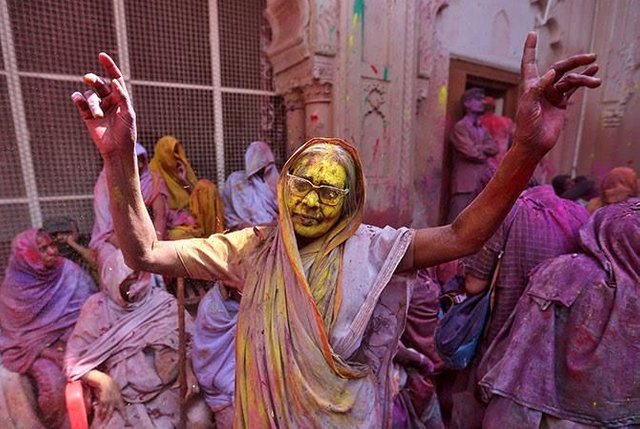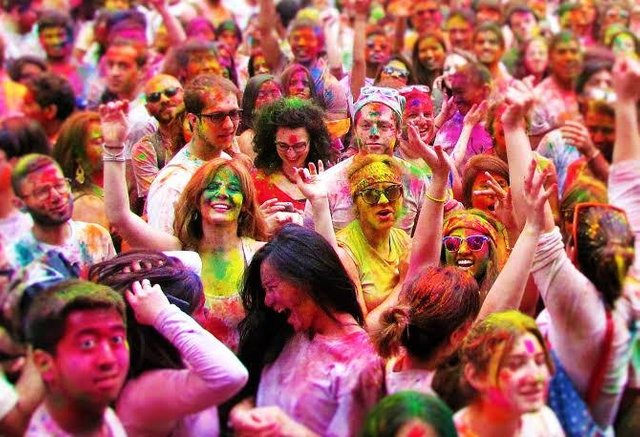SIGNIFICANCE OF HOLI
The Holi or the Color Festival is an early spring festival celebrated in India, Nepal, Bangladesh, and the following countries have Hindu inhabitants: Suriname, Guyana, South Africa, Trinidad, Great Britain, Mauritius and Fiji. In West Bengal and Bangladesh, the festival is called Dolyatra (Doul Jatra) or Basanta-Utsab (spring festival). Holi is celebrated massively in the Braj region in places related to Sri Krishna such as Mathura, Vrindavan, Nandagaon, and Barsana. The cities are busy visited by tourists during the Holi festival season which lasts up to 16 days
The highlight of the Holi festival is called Dhulheti, Dhulandi, or Dhulendi. On that day, people celebrate Holi by throwing colorful powder or splashing each other colored water. The fires that were lit on the night before Holi were called Holika Dahan (Holika death) or Chhoti Holi (Little Holi). The fire was lit to commemorate the event of Prahlada's escape when it wanted to be burned by Holika (Hiranyakasipu's sister). The Holika was burned and killed, but Prahlad, the devotee of Lord Vishnu, survived without injury. In Andhra Pradesh, Holika Dahan is called Kama Dahanam.



Holi is celebrated at the end of winter when phalgun purnima, the last full moon month of the month phalguna according to the lunar calendar, and usually coincides with the end of February or early March. In 2009, Holi (Dhulandi) falls on March 11 and Holika Dahan on March 10th.
End of Festival Color called Rangapanchami that happened at Panchami (5th day of full moon).